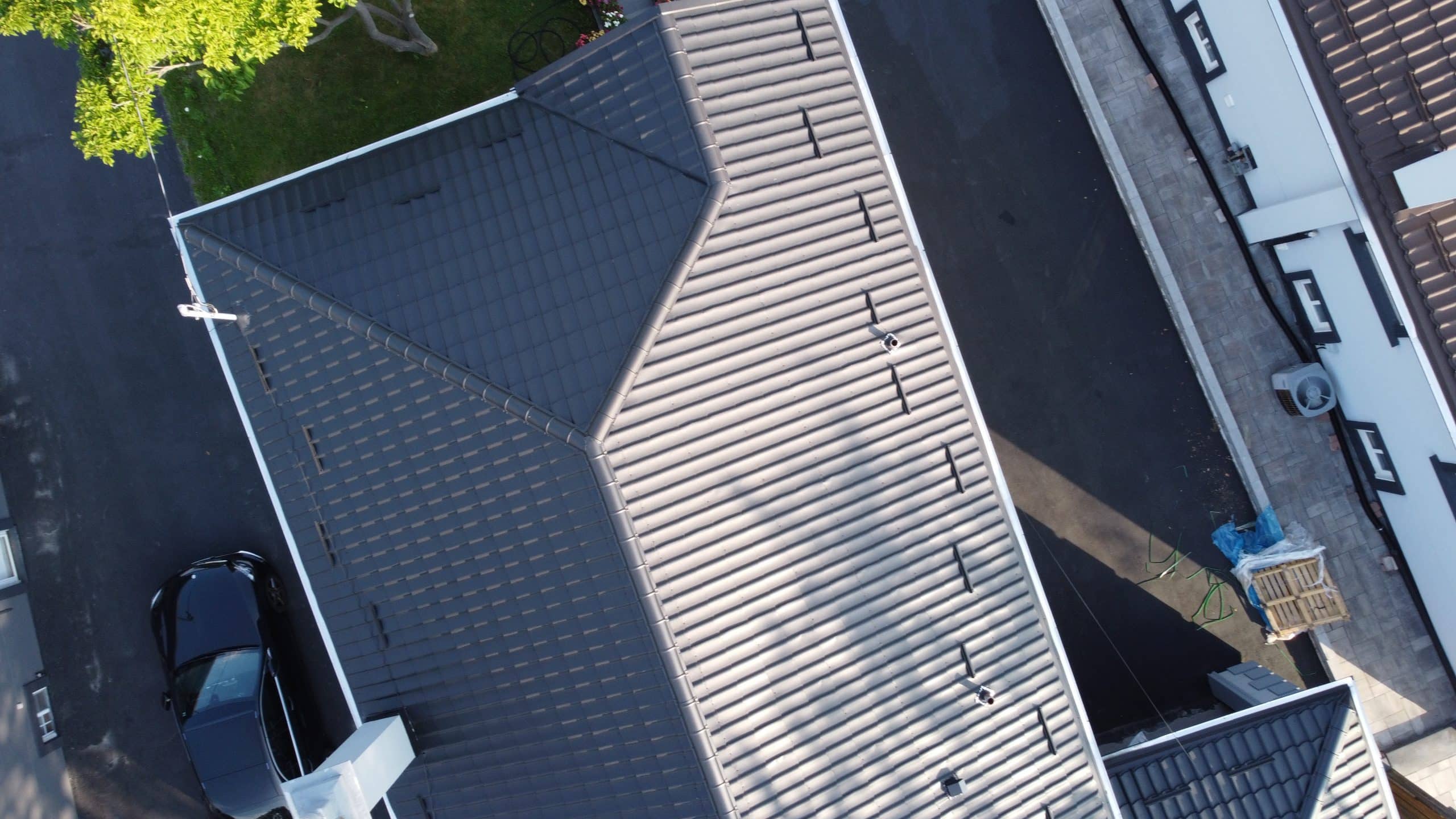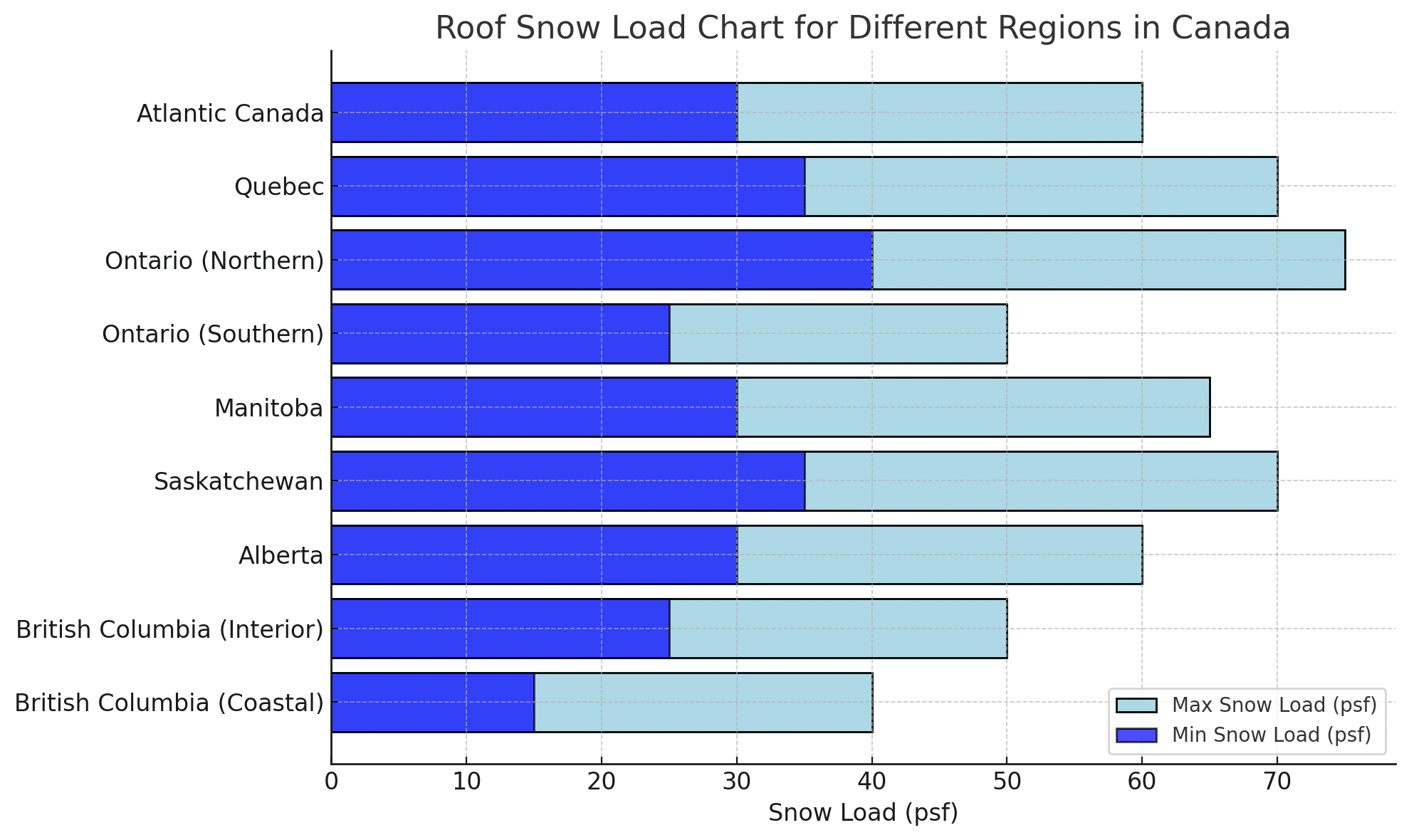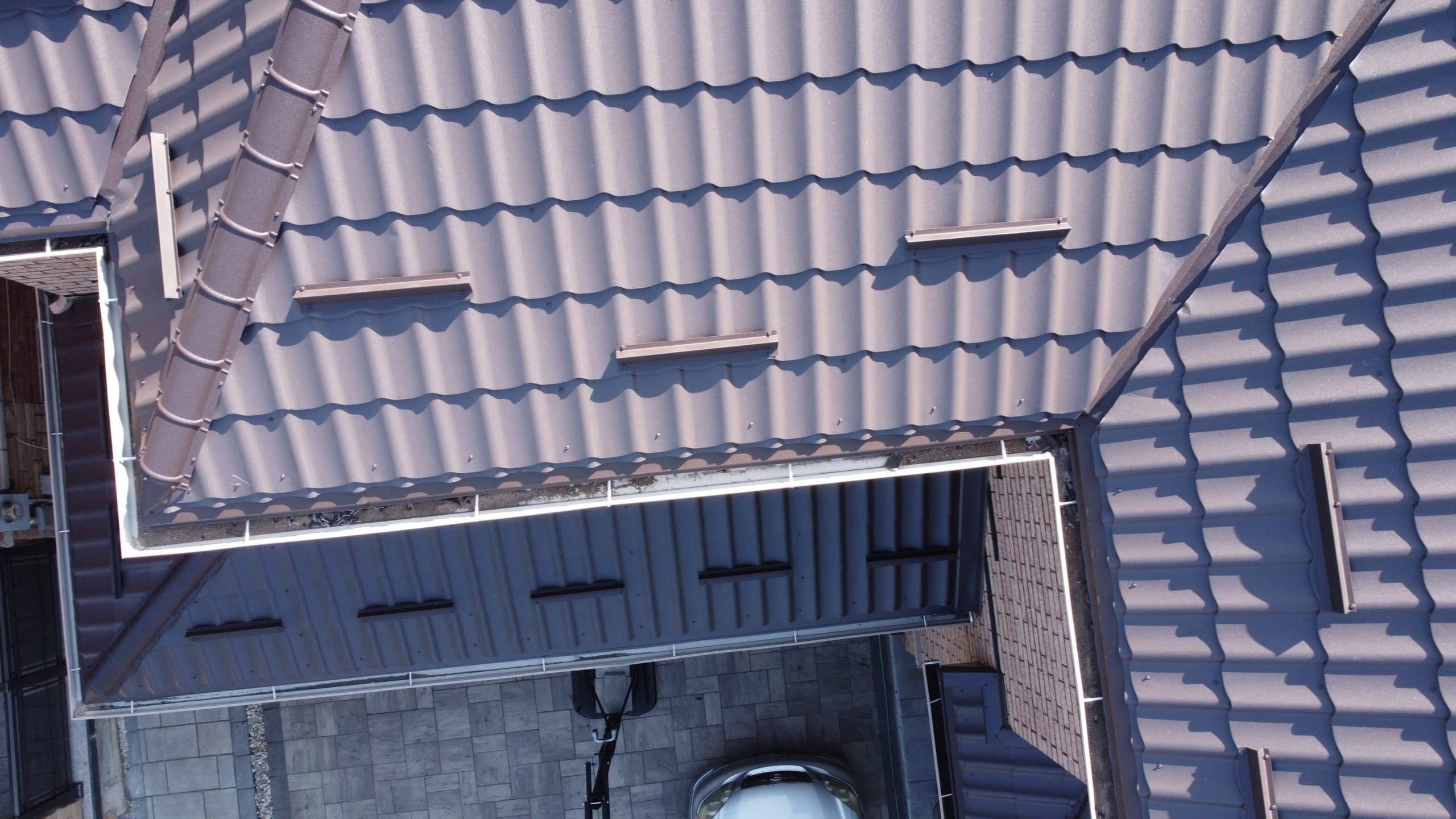The Importance of Snow Guards for Metal Roofs in 2026: Safety, Stability, and Savings

In Canada — especially in Ontario and Alberta — heavy snowfall, freeze-thaw cycles, and icy rainstorms are part of winter’s routine. Without proper safeguards, snow and ice that accumulate on a metal roof can slide off in large sheets, damaging gutters, landscaping, vehicles, and endangering people below.
That’s where snow guards become indispensable. In 2025–2026, with modern materials and installation techniques, they no longer act as mere accessories — they are integral safety and performance components of your metal roofing system.
In this guide, we’ll cover:
What snow guards are and why they matter
Types and materials of snow guard systems
How to design and install them properly
Maintenance, costs, and ROI
Frequently asked questions

1. What Are Snow Guards & Why Do They Matter
Snow guards (or snow stops/stoppers) are devices attached to a roof surface to hold snow and ice in place, preventing sudden slides or avalanches off the roof. In metal roofing systems, their role is especially crucial.
1.1 Primary Functions
Prevent Dangerous Snow Slides — A heavy slab of snow sliding off a steep roof can injure passersby or damage property.
Protect Gutters, Landscaping & Roof Features — Sudden snow shifts can rip off gutters, damage downspouts, break roof edges or fixtures.
Distribute Snow Loads More Evenly — Instead of letting snow concentrate in one spot, guards help spread the load.
Control Melt Flow — As snow melts, the guards slow its descent, letting water run off gradually, reducing ice dam risk.
In the climate of Toronto and southern Ontario, where winters can bring metres of snow and repeated freeze-thaw cycles, properly installed snow guards are not optional—they’re a necessity.
2. Types & Materials of Snow Guards (2025–2026 Options)
Choosing the right snow guard system depends on roof type, slope, expected snow loads, and aesthetics. Below are modern options used in Canada.
2.1 Styles & Designs
Bar-style (Rod or Pipe Guards): Long horizontal bars spanning across the roof. Best for high snow loads and larger roofs.
Pad-style (Block Guards): Small individual pads or stoppers placed in arrays. Subtle and less obtrusive.
Fence-style Guards: Appear like miniature decorative fences; combine function and aesthetics.
Clamped or Clamp-on Guards: Attach to seams (for standing seam roofs) without penetrating the roof surface.
Why Should You Consider a Metal Roof For Snow Protection in Canada?
Because of Canada’s cold and heavy snow, you need snow guards for metal roofs. Without them, the likelihood of snow melting in huge piles — posing a significant threat to individuals and property on the ground — is much higher. These risks are reduced when snow stoppers are used, and they keep you safe this winter season.
These accessories can also save roofs and elements from sustaining harm. As huge accumulations of snow or ice slide down at once, it can break gutters and even the roof itself. Snowguards keep these parts safe by distributing the snow weight across the roof.
Additionally, they can also be helpful for preserving the roof in the long run. By clearing snow efficiently, they reduce roof and gutter replacement costs. That makes them a good investment, especially if you live in areas where there is a lot of heavy, regular snowfall.

2.2 Materials & Their Trade-offs
| Material | Advantages | Considerations / Lifespan |
|---|---|---|
| Stainless Steel | Very durable, corrosion-resistant, long life (30+ years) | Higher cost per unit |
| Aluminum / Anodized Aluminum | Lightweight, resistant to rust, moderate cost | Slightly less robust under extreme load |
| Copper | Premium aesthetic, very durable, develops patina over time | High cost, mostly for architectural or heritage projects |
| Polycarbonate / Plastic | Affordable, easy to install | Lower durability in extreme cold, may become brittle over decades |
In 2025–2026, many roofing projects use stainless steel or aluminum combos as they offer an excellent balance between longevity and cost. Copper is reserved for high-end or heritage-style roofs.
3. How to Plan & Install Snow Guards (Best Practices for Canada)
A snow guard system is only as good as its design and installation. Here’s what professionals in Canada should consider.
3.1 Placement Strategy & Spacing
Rows near eaves are standard, but additional rows further up may be needed for steep slopes or heavy snow zones.
Spacing between guards depends on slope, snow load, and roof geometry — tighter spacing in higher-risk areas.
Staggered patterns (offset rows) help spread the load more evenly.
3.2 Roof Type Compatibility
Standing Seam Roofs — often use clamp-on or seam-mounted guards that require no roof penetration.
Corrugated / Ribbed Metal — typically requires screw-on guards that align with the roof’s profile.
Metal Tile or Shingle-style — pad-style guards blend visually, sometimes installed via under-clips or direct fasteners.
3.3 Load & Local Conditions
Account for local snow load data (municipal building codes, regional snowfall charts)
Consider wind uplift, ice formation, and freeze-thaw cycles
For Toronto and Calgary, design for higher-than-average loads due to heavy wet snow and freezing rain events.
3.4 Professional Installation
Choose installers familiar with Canadian winters and metal roofing systems
Ensure fasteners or clamps are rated for wind uplift and thermal expansion
Double-check alignment, torque, and proper sealing (if penetration is needed)
Include warranty coverage for both the roof and the snow guard system
When you get a Free Estimate from us, we’ll evaluate your roof’s needs and recommend the right snow guard layout.
4. Maintenance & Inspection for Longevity
Even the best-installed system needs some periodic checks to ensure it works optimally year after year.
Inspect after major storms or heavy snowfall for loose or damaged guards
Check for corrosion, cracks, or displacements
Ensure fasteners remain tight (especially after freeze-thaw cycles)
Clear debris (leaves, branches) that may interfere with the system
In cases of damaged or worn units, replace promptly — do not wait
Regular maintenance ensures the snow guard system continues protecting your roof for decades, extending the lifespan of both the roof and its accessories.

Roof Snow Load Chart for different regions in Canada
5. Cost, Value & ROI of Snow Guard Systems
5.1 Typical Cost Ranges (2025–2026 Canada)
Bar-style stainless steel: CAD $15–50+ per guard (depending on length, finish)
Aluminum / pad-style: CAD $10–30 per unit
Polycarbonate/plastic: CAD $5–15 per piece
Installation labor and layout might add 20–40% extra cost, depending on roof complexity
It’s common to see bundled pricing where the cost of snow guards is included or discounted when installed along with a new metal roof.
5.2 Long-Term Benefits & Savings
Protection for gutters, landscaping, siding, and walkways — reduces repair and replacement costs
Risk mitigation — less liability risk from falling snow/ice
Roof preservation — avoids damage from sudden loads and helps maintain the roof’s integrity
Peace of mind — especially in busy or high-traffic zones under roof eaves
When you factor in these avoided costs over decades, snow guards become a smart investment rather than an extra expense.
6. Frequently Asked Questions (FAQs)
Q: Can snow guards damage my metal roof?
A: Not if installed properly. Professional installation uses clamps or fasteners rated for thermal expansion and wind loads. Incorrect placement or poor fasteners can cause problems, which is why qualified installers are essential.
Q: Can snow guards pull out during wind or storms?
A: It’s possible if the system is not rated or installed properly. High-quality materials and correct anchoring methods reduce this risk significantly.
Q: How many snow guards do I need?
A: It depends on roof slope, snow load, and roof area. A design assessment during the Free Estimate process ensures the optimal number and positioning.
Q: Are clamp-on guards better than screw-on?
A: Clamp-on (non-penetrative) systems are preferred for standing seam roofs, as they maintain roof integrity. Screw-on systems are more common for corrugated or profiled metal roofs.
Q: Do I need snow guards on all metal roofs?
A: In high-snow areas like Alberta and Ontario generally, yes — especially on roofs with significant pitch or exposure.
7. Why 2025–2026 Is a Great Time to Upgrade with Snow Guards
Snow guard technology continues improving — newer coatings, stronger materials, and better design tools allow more effective, longer-lasting systems. In 2025–2026:
Enhanced anti-corrosion coatings extend lifespan
Improved mounting systems reduce risk of leaks or thermal movement issues
Integration with energy efficiency and warranty programs makes upgrades more affordable
Many homeowners are bundling snow guard installation with metal roof projects to streamline cost and installation
We strongly recommend taking advantage of the moment to upgrade your roof system comprehensively.

Conclusion: Safety, Protection & Longevity for Your Roof
In Canada’s harsh winters, snow guards are not optional extras — they’re essential for protecting your property, people, and your investment. When chosen and installed correctly, a snow guard system:
Prevents dangerous snow slides
Preserves gutters, landscaping, and roof features
Extends the life of your roofing system
Reduces liability and maintenance risks
At Professional Metal Roofing, we design snow guard systems tailored to your roof and your region’s conditions. Our Free Estimate lets you see how we integrate snow guards into your full roofing solution.
Also, explore our Works gallery to see examples of roofs with integrated snow guard systems installed under real Canadian weather.
Ready to protect your home for the long term? Visit our Homepage to learn more.
See our works
Giving you a sense of what a metal roof will look like in your home of commercial property





